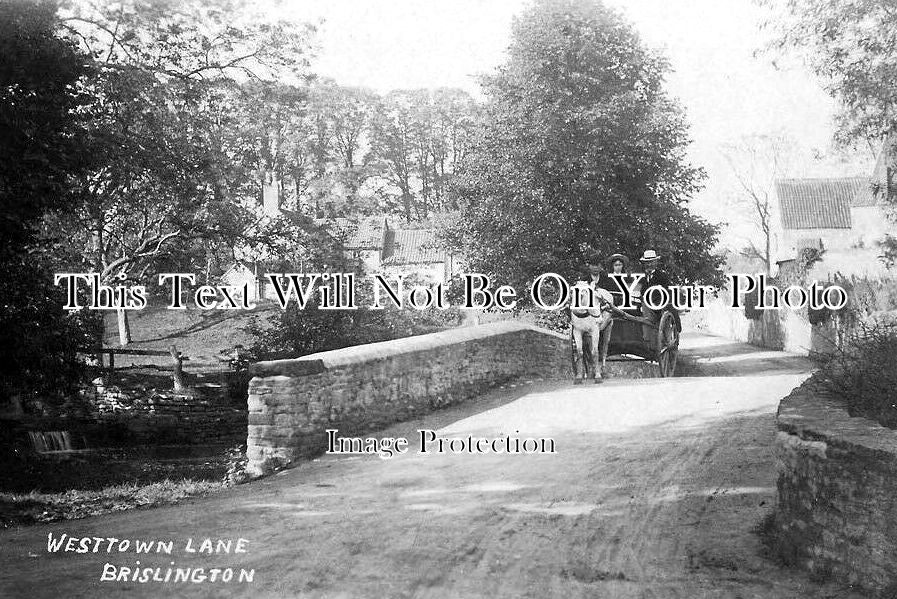See This Report on Brislington Bristol Crime
Table of ContentsLittle Known Questions About Brislington Bristol Reddit.Some Ideas on Brislington Bristol You Need To KnowRumored Buzz on Brislington Bristol Houses For Sale9 Simple Techniques For Brislington Bristol MapBrislington Bristol Park And Ride Fundamentals Explained
It is clear that the procession continues to be a prominent occasion locally and with any luck it will certainly expand and with it aid sustain the location and allow this ancient well to make it through and be celebrated. Modern Brislington, and the Parish of St Luke's.now extends way beyond the past village boundaries. The normal house building has actually brought lots of individuals into the area, however as soon as in Brislington, people have a tendency to remain placed for some time.
Some Known Facts About Brislington Bristol Weather.
SlideImage Slide 3Present day Church after the renovations. Slide Lately I lost all e-mails and email addresses for the 13 months from 30 November 2001 to December 2002. If you have called me during that time regarding the BROWN or
BROUN households, their partners or descendants, please email me once more with your address and details. I would be really thankful if you might also ahead to me any kind of e-mails to or from me that you might still have in your mailbox. I will attribute those authors anywhere I trust their product. _ The Brownish family pages on this website are listed here. Click the name of the web page to view it. If there is no link that indicates that I have not yet finished the appropriate page. See this space! Our earliest Brownish forefathers The Brownish family members crest The Church Church of St Luke, Brislington( photo, history, map of graveyard) Family members headstones at St Luke's( The initial of numerous web pages) Searching for Brown descendants in the UK?( with links to pages for specific families as those pages are produced) Brislington, England today Deborah WORGAN( 1711-1777 )That was she? That did she actually wed? John BROWN and Mary CATER of Brislington CATERS of Stapleton Kensington Residence, the home of John Brown and Mary Cater & their family The COLLINGS/ LINDON family TheLINDON household- consisting of the Biddulphs and PARKYNS The GRIGG Family members Hengrove Residence, the Grigg family home in England Family of Henry BROWN and Betty HARRILL of Keynsham. HARRILLs of Keynsham & Brislington The THOMPSONs of Brislington The Brown Family in Australia- descendants, sketches, links Drs at Parramatta, NSW, 92 years of clinical technique from the one home in the centre of Parramatta. The website is bounded by public roads, with Bath Road creating the southerly boundary, Ironmould Lane forming the eastern and northern boundaries , and Broomhill Roadway and Emery Road forming the western boundary. The north, east, and west limits are marked by high stone walls, while the south boundary is confined by C20 cord fencings. The entryway lies towards the centre of the southerly limit. It is marked by a pair of high, square-section ashlar piers, where reduced quadrant walls extend back to a set of reduced, square-section stone piers with domed caps which mount the entryway to the drive.
Right away within the site the tarmac drive splits to pass to the eastern and west of the lodge( noted grade II), which consists of a two-storey ashlar structure with decorative bargeboards, arch-headed windows set in recesses on the balanced gabled south facade, and a semicircular single-storey veranda supported by a set of Tuscan columns.

Brislington Residence( listed grade II) stands on an unnaturally levelled balcony towards the centre of the site. Additional small alterations and additions were made to the building in the late C19 and very early C20.Although it was the first purpose-built private asylum, the design of Brislington Residence with segregated lodging for male and women clients of different courses was influential on the development of public asylums in the mid C19. A gravel balcony returns around the southern end of the structure to offer accessibility to a balcony listed below the eastern facade of the previous private home.
The Facts About Brislington Bristol Crime Revealed

A gravel balcony returns around the southern end of the structure to give access to read a terrace below the east exterior of the former private house. To the eastern it is preserved by a more wall which is less than those to the north and south, its down-swept parapet permitting sights out across the surrounding country. The balcony is laid to lawn with late C20 island borders, 3 mature weeping ash grown on symmetrically arranged mounds, and a pair of fully grown hollies. The plan of 1843( SRO) reveals the decorative design of the airing courts with strolls, yards, bushes, and places, while a more strategy of 1850 shows the combinations of the 3 broadcasting courts for each and every gender into two; the ornamental design shows up to have been simplified at the same period. By 1881 (OS) the design of the broadcasting courts had been even more simplified with the removal of the internal department on the man and women sides - brislington bristol map. A central separating wall surface was retained and the 2 airing courts were laid out with cruciform strolls use this link splitting locations of grass planted with sampling trees (OS 1881-3).
Brislington House( noted quality II) stands on a synthetically levelled balcony towards the centre of the site. More small modifications and enhancements were made to the structure in the late C19 and very early C20.Although it was the very first purpose-built personal asylum, the layout of Brislington House with set apart holiday accommodation for male and women patients of various classes was significant on the growth of public asylums in the mid C19. A crushed rock terrace returns around the southern end of the building to offer accessibility to a terrace below the east exterior of the previous private home.